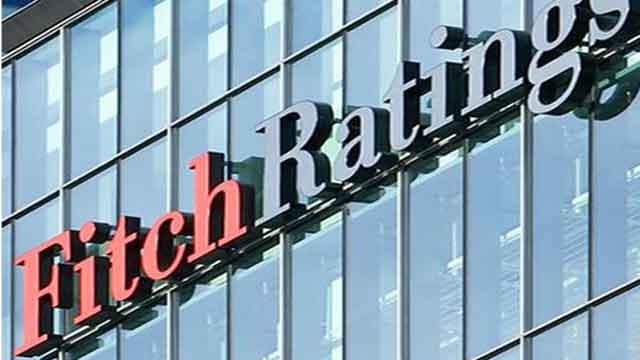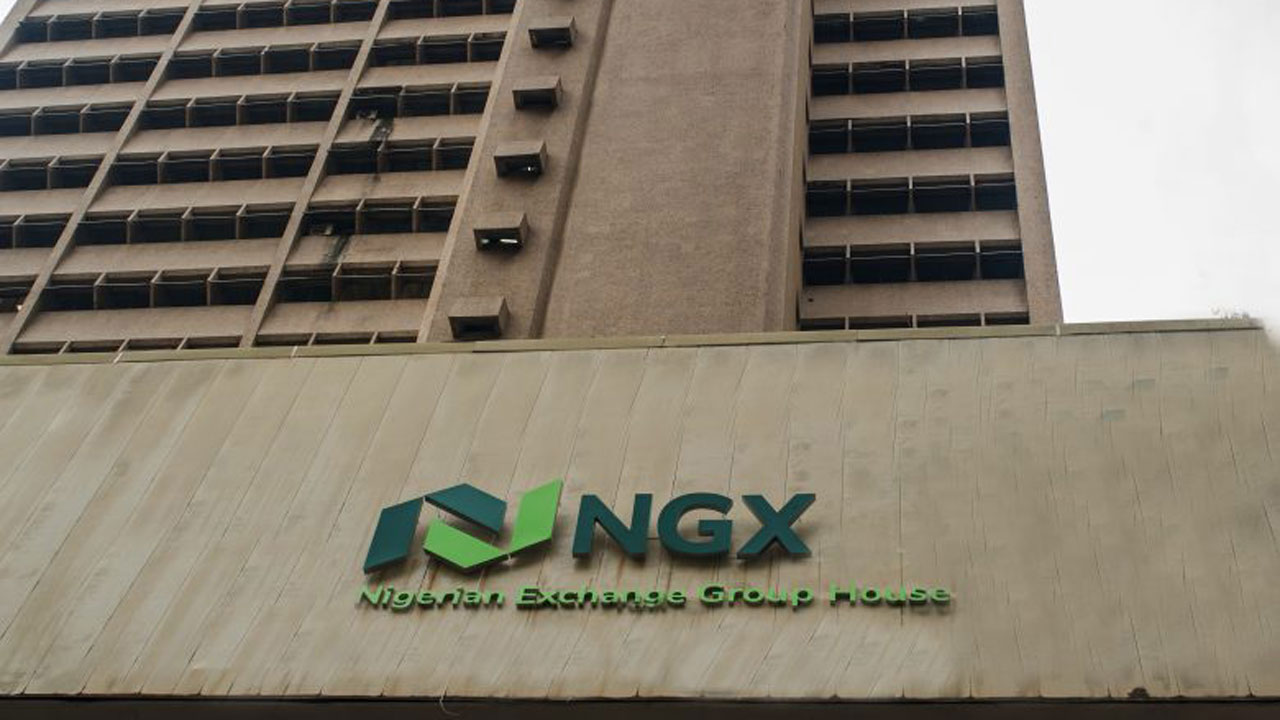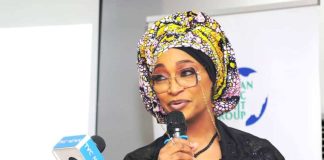Fitch Ratings has affirmed Nigeria’s long-term foreign-currency Issuer Default Rating (IDR) at ‘B+’ with a negative outlook.
This is just as the country’s external reserves recorded a second consecutive day drop to $47.787 billion as of May 15 compared with N47.846 billion last Friday.
External reserves figures seen on the Central Bank of Nigeria’s website showed that this was the second time the accretion to the forex reserves currently at a five-year high was halted.
Fitch, a global rating agency, explained in a statement Thursday that the ‘B+’ rating it assigned to the country reflected Nigeria’s position as Africa’s largest economy and most populous country, its net external creditor position and its well-developed domestic debt market, low levels of domestic revenue mobilisation and GDP per capita, and low ranking on governance and business environment indicators.
It stated that the negative outlook further reflected uncertainty about the sustainability of Nigeria’s economic growth momentum as the impact of earlier shocks ease and progress in addressing high-interest service ratios.
However, Fitch predicted that Nigeria’s GDP growth would accelerate to 2.4 per cent in 2018, as the country continues to climb out of the oil price shock recession that characterised 2016 and the first quarter of 2017.
Nigeria’s growth rate turned positive in the second quarter of 2017, and the recovery of oil production to 2.1 million barrels per day (including condensates) by the fourth quarter of 2017, boosted oil revenue.
Greater FX availability also provided a lift to non-oil export sectors, particularly agriculture.
“Fitch expects that these trends will continue, but notes that tight monetary conditions will continue to weigh on Nigeria’s growth outlook. Fitch forecasts 2019 growth to rise slightly to three per cent, compared with 4.8 per cent for the five years prior to 2016.
“At 11.6 per cent, the five-year average inflation is much higher than the ‘B’ category median (4.9%),” it added.
At its most recent meeting in April 2018, the central bank held its monetary policy rate at 14 per cent. But the rating agency pointed out that the need to support the naira and lingering inflation pressures means that the CBN would ease monetary policy “only gradually”.
The naira has fluctuated close to N360 per dollar on the Investors & Exporters (I&E) window since its introduction in April 2017. According to the statement, given that most FX activities are now handled on the I&E window, it implied a devaluation by 45 per cent since the start of FX regime adjustments in June 2016.
“Together with higher oil prices and production, this has contributed to the convergence between the parallel market and the I&E rates.
“However, the FX market remains segmented and the continued use of exchange controls inhibit greater foreign-currency liquidity and capital inflows.
“In Fitch’s view, there is unlikely to be any further substantial change by the CBN to the existing FX rate regime before the 2019 elections.
“Increasing oil receipts and import compression have buoyed Nigeria’s trade surplus and brought the current account surplus to an estimated 2.2 per cent of GDP in 2017.
“Fitch expects that imports will begin to return to historical levels, especially as government capital expenditure increases and the current account surplus will narrow in 2018,” it added.














